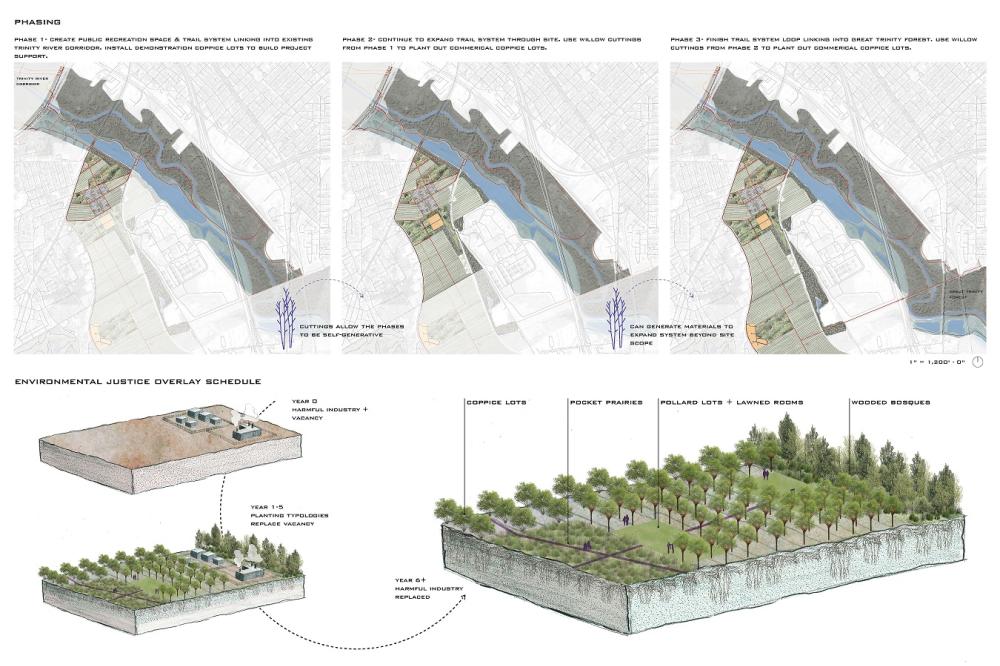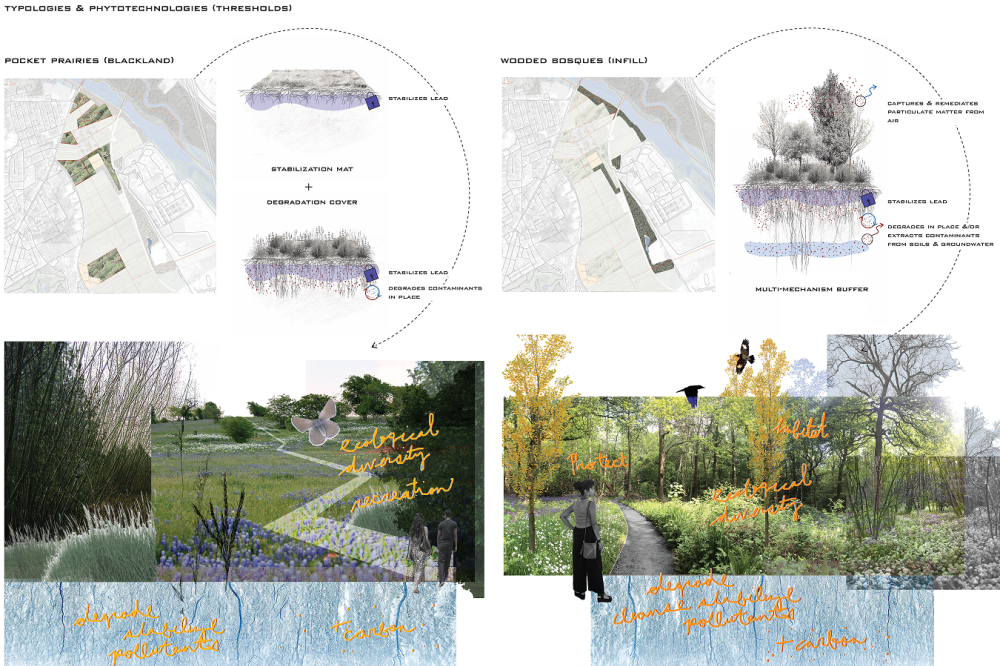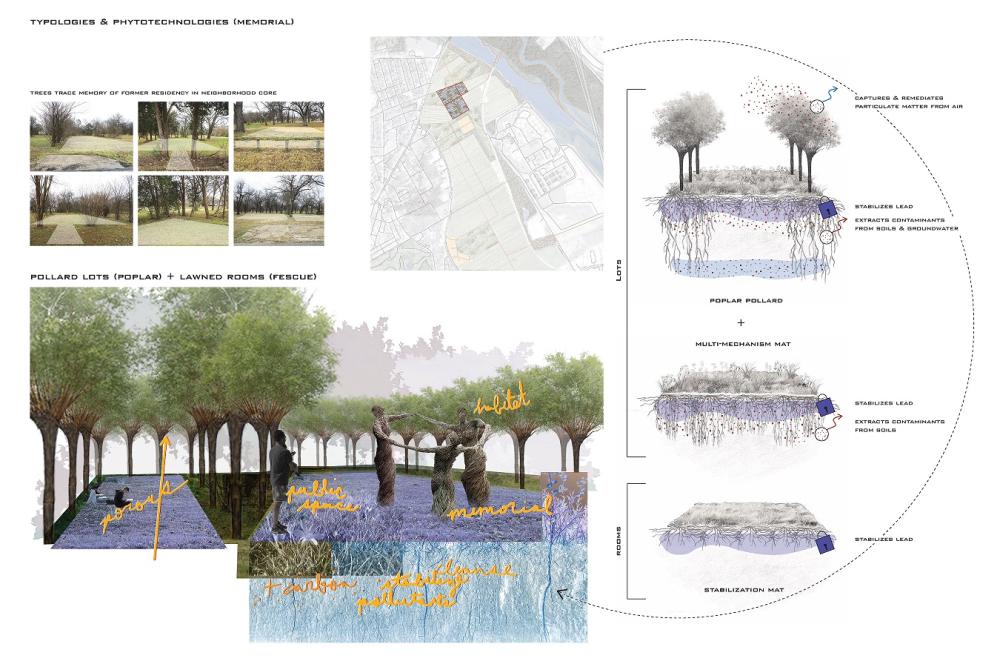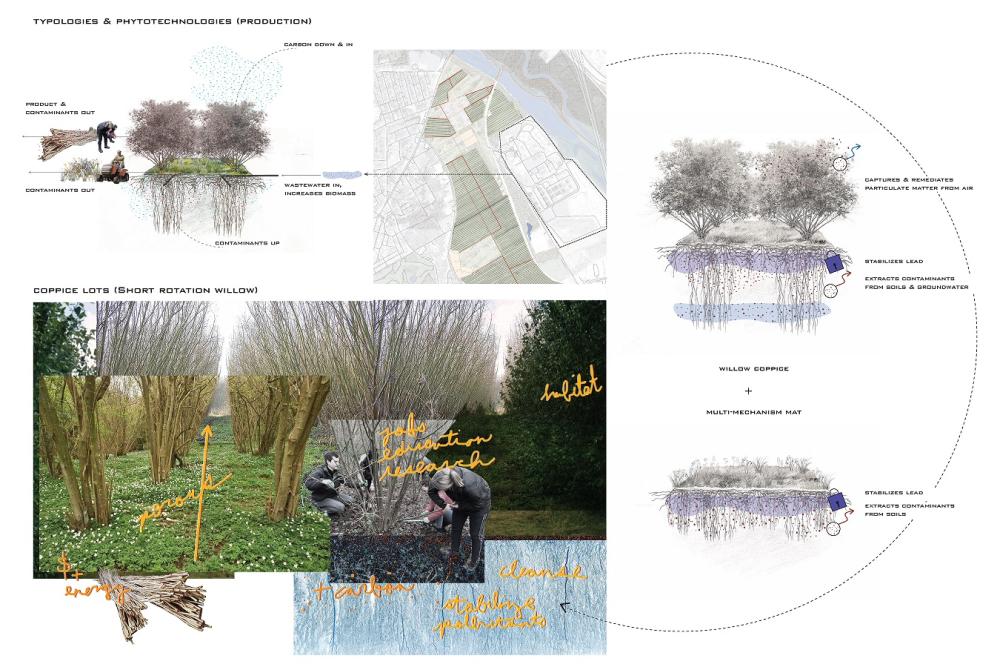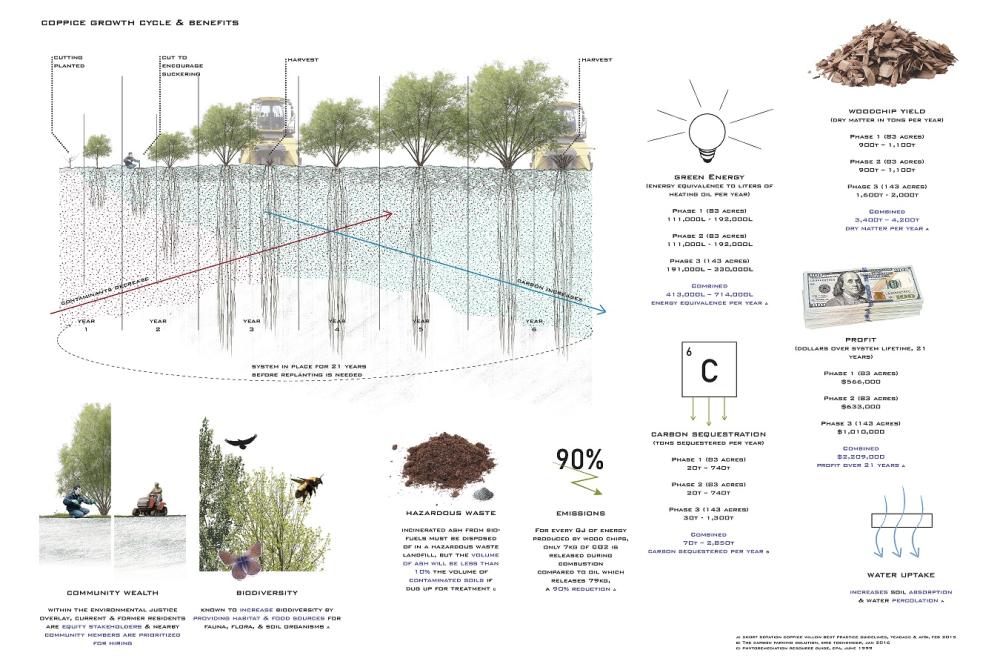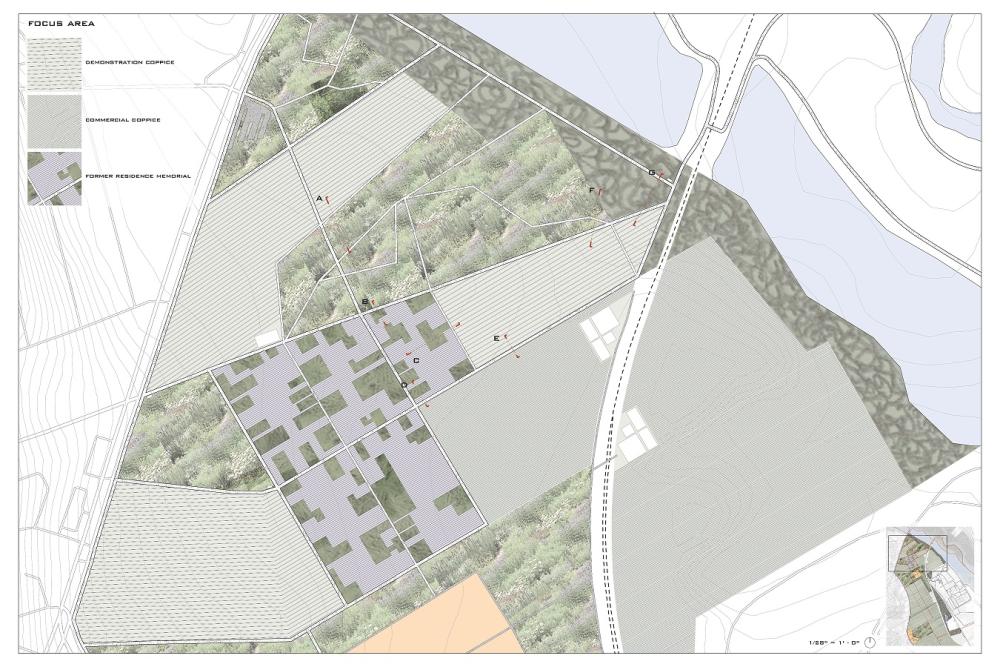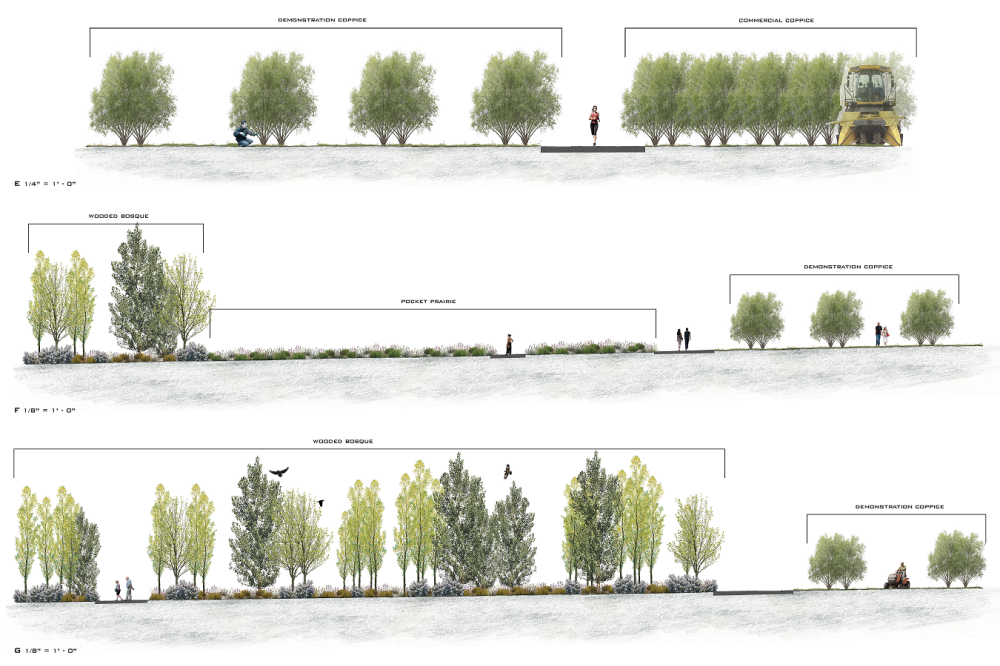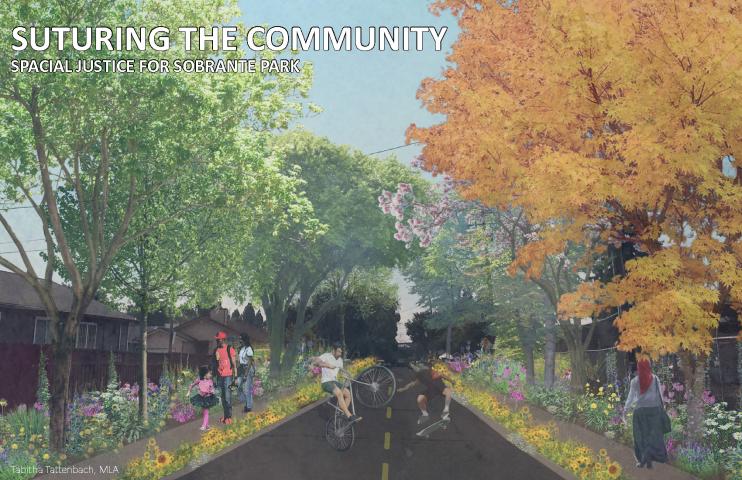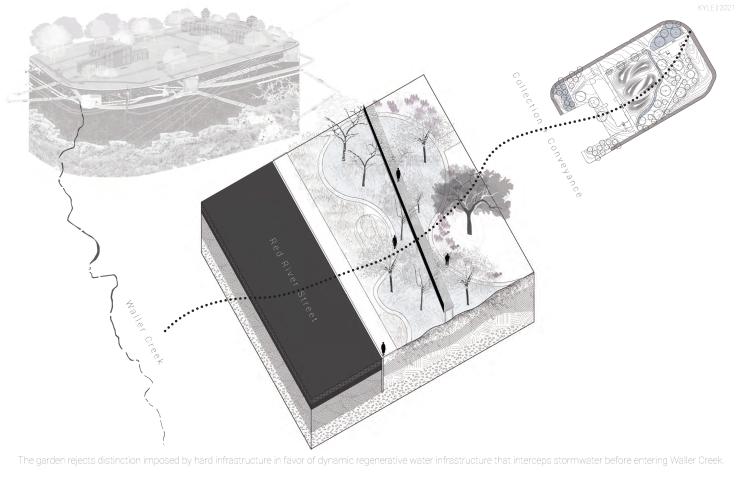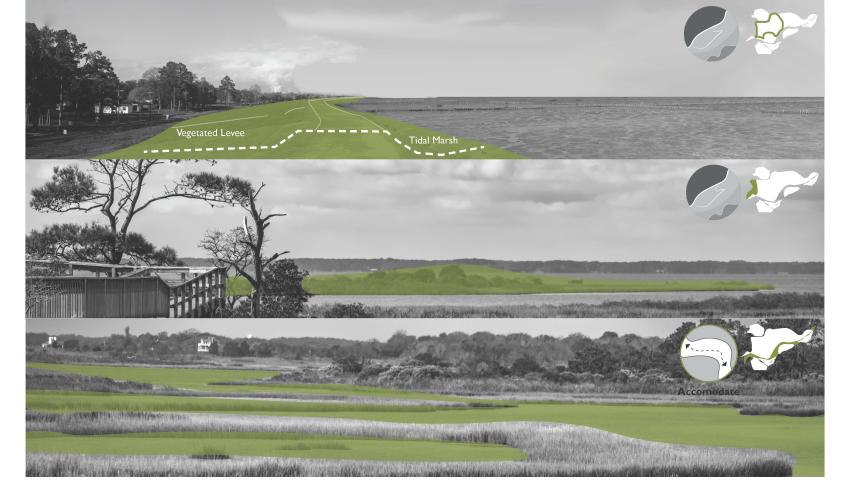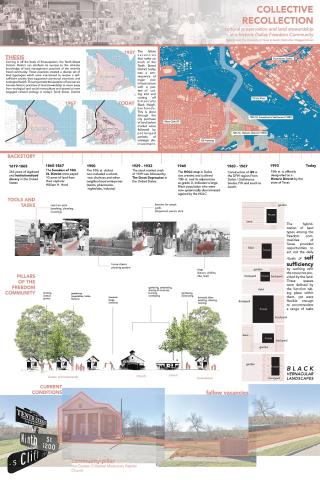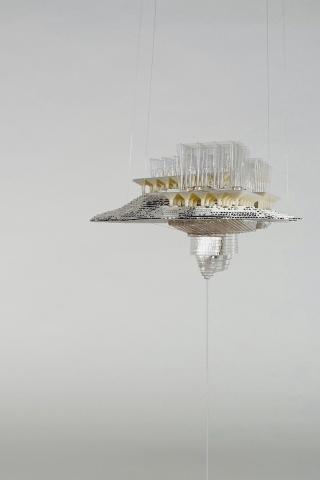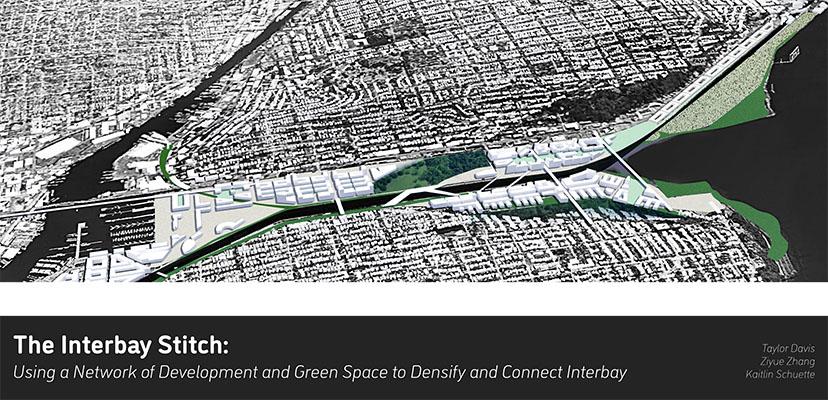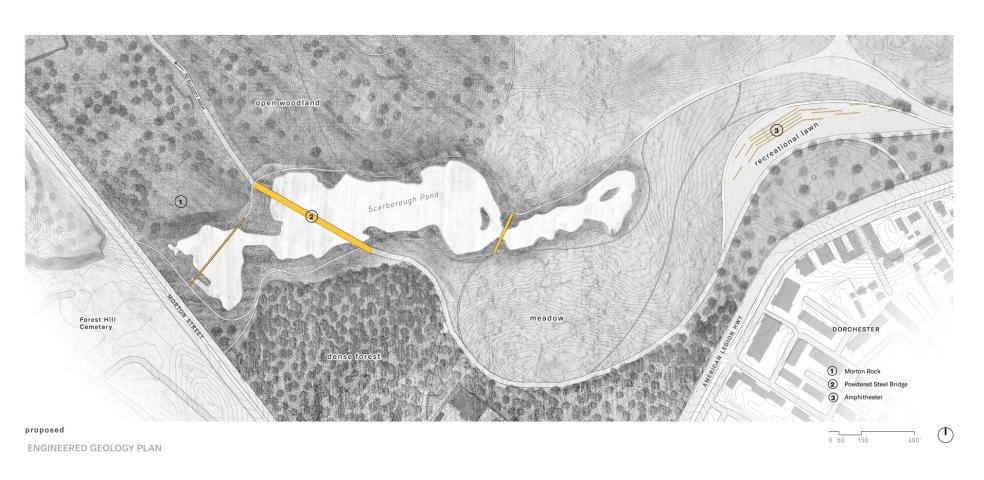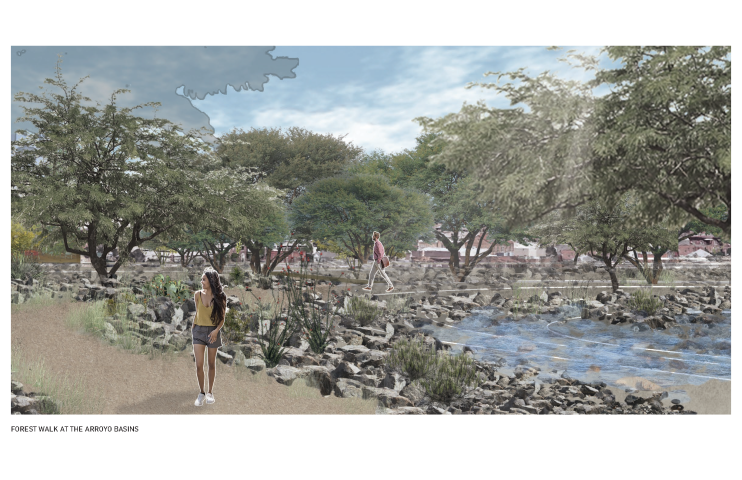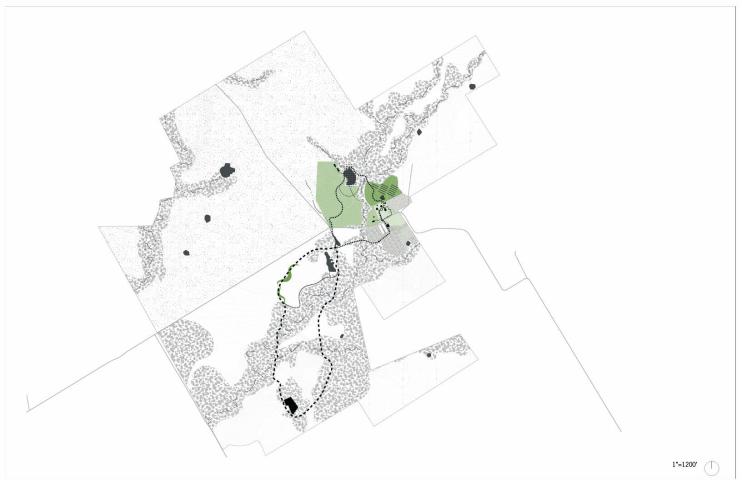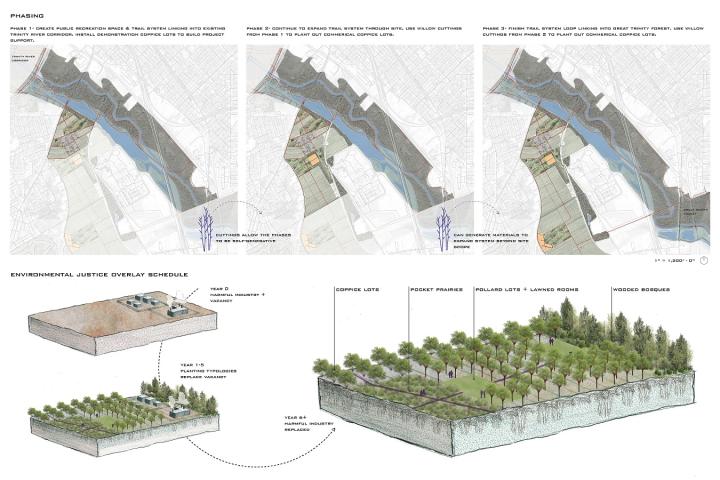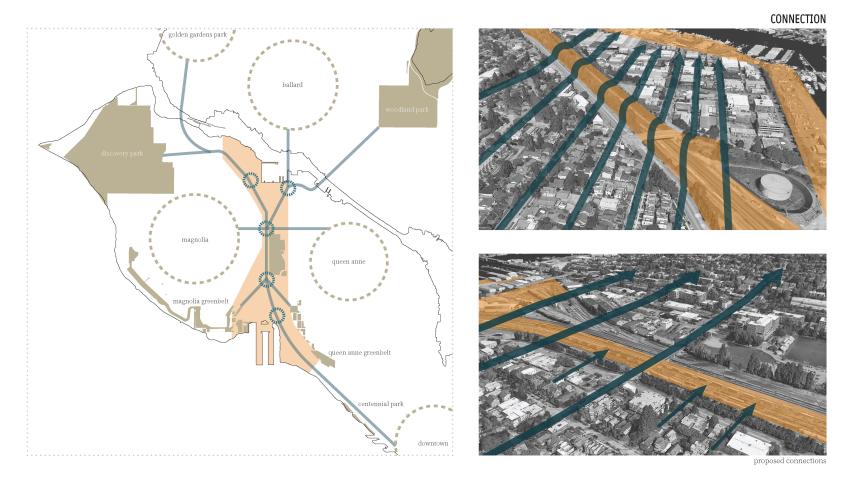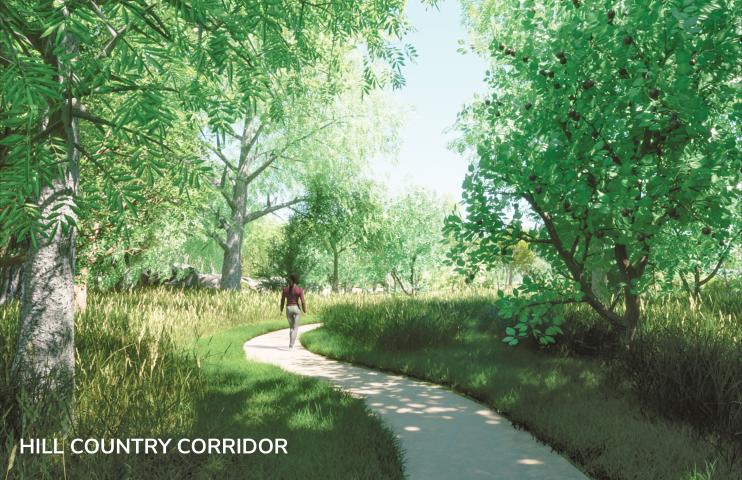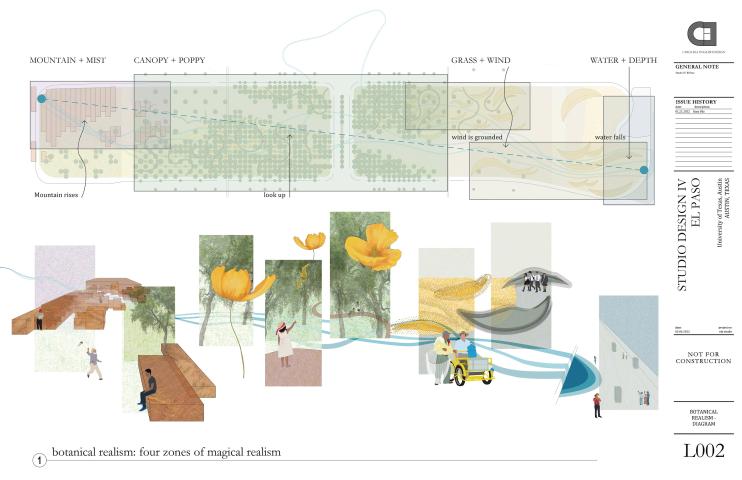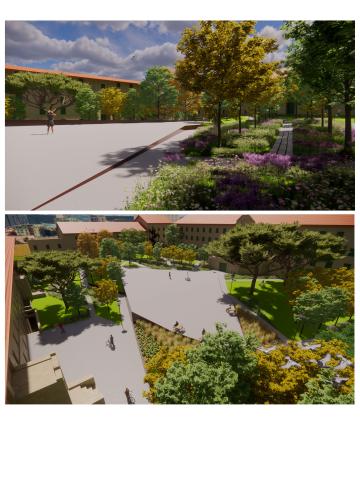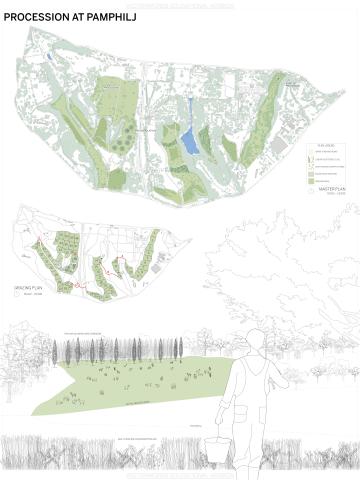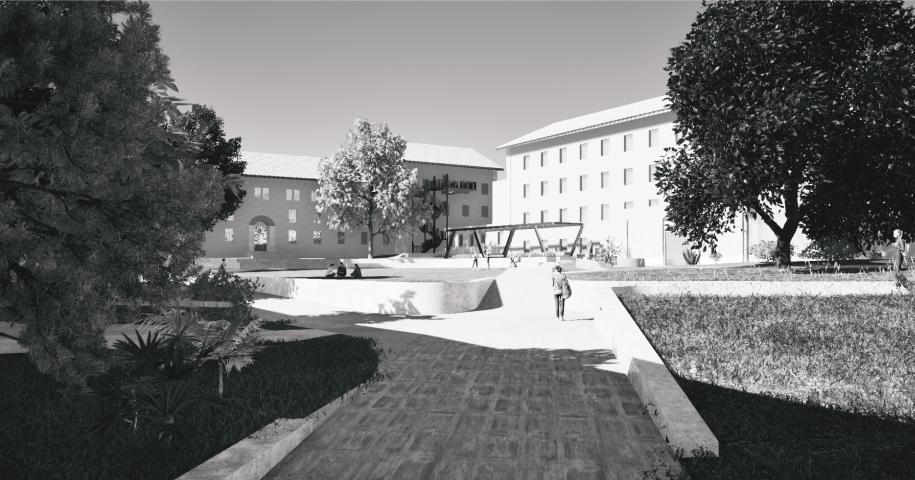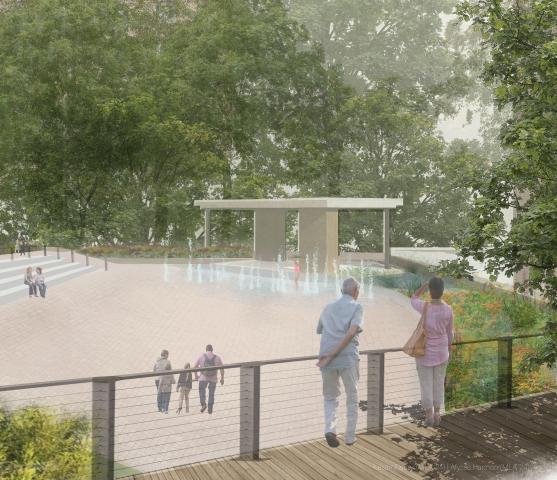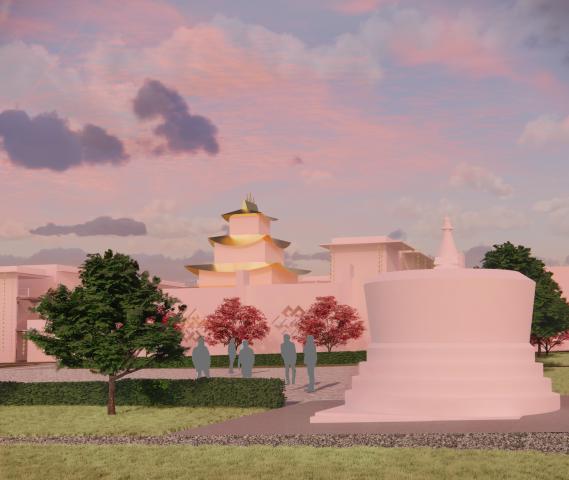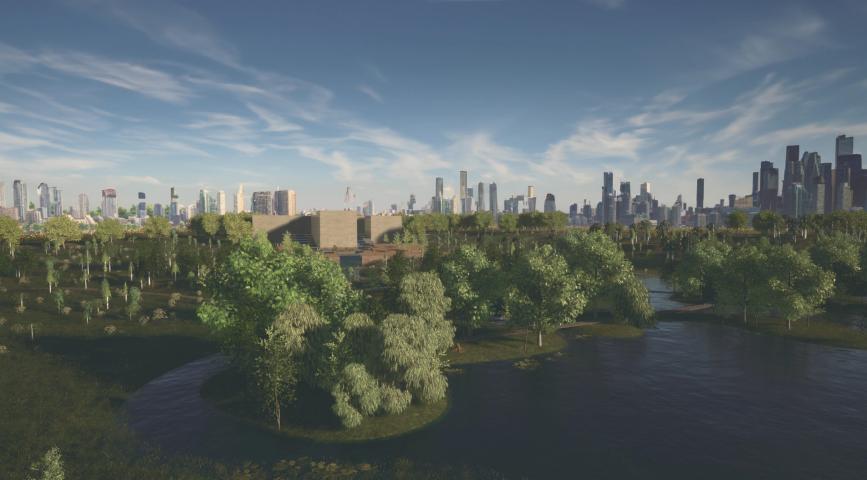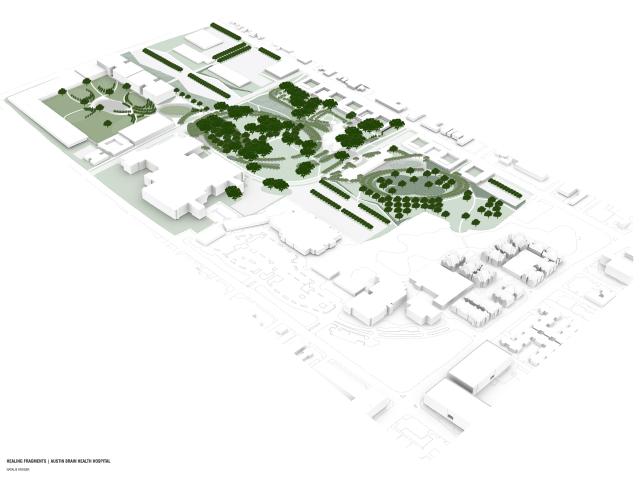PROJECT DESCRIPTION
This proposal looks to move a toxic, forgotten landscape to one that serves as a model for reclamation and regeneration. This proposal acknowledges that the city of Dallas turned its attention away from the predominantly Black neighborhood of Cadillac Heights and its surrounding area, allowing for both social and environmental injustices to go on for decades. This proposal also recognizes that the site’s hazardous industrial legacy has left a very real scar on the landscape which I believe must first be addressed before it can be reborn. The strategy for this proposal, which is aimed at healing and closing the chapter of harm, employs an environmental justice overlay to transition from vacancy and harmful industrial presence to a landscape that is made up of remediating phytotechnological interventions. It also outlines that municipal reparations are to be made to current and former residents by providing them an equity stake hold in the project. The plan is supported because, not only does phytoremediation cost 20-50% less than traditional remediation techniques but will provide a new green industry of short rotation coppice willow- producing biofuels, sequestering carbon, and providing local, equitable job development within a specialized market. Public recreation, increased ecological diversity, and opportunities for research & education are additional benefits brought to Dallas through this design.
JURY COMMENTS
Lyda's proposal acknowledges that the city of Dallas turned its attention away from the neighborhood of Cadillac Heights and the surrounding area, allowing for both social and environmental mistreatment to go on for decades. The proposal explores a transition from vacancy and harmful industrial presence to a landscape that is made up of phytotechnological interventions aimed at healing and closing the chapter of harm. Not only does phytoremediation cost 20-50% less than traditional remediation techniques, but the plan will provide a new green industry of short rotation coppice willow-producing biofuels, sequestering carbon, and providing local, equitable job development within a specialized market. Public recreation increased ecological diversity, and opportunities for research & education are additional benefits that will be brought to Dallas through this design.
The proposal engages Cadillac Heights’ history of toxicity as a site for regeneration through phytostabilization and commercial biomass energy production. The site design was developed from a close reading of past industries to identify contaminants of concern in the soil. Research into appropriate phytotechnologies was visualized carefully through diagramming as processes that are shaped by human management and that change in form over time. Phytotechnologies were combined to maximize the remediation of contaminants and to stabilize lead. The resulting coppice lots were studied further as an opportunity for producing biomass energy through short-rotation willow coppicing. The former Cadillac Heights neighborhood is memorialized through a network of public spaces carved between demonstration coppice lots, providing much-needed green spaces such as lawn rooms, wooded bosques, and a pedestrian path to the Trinity River.
The design foregrounds ongoing processes of care as a method for continually building a landscape that heals past harms while creating a new future.
Spring 2022 Design Excellence Award Winner
Lyda Linsteadt
Advanced Design in Landscape Architecture
Instructor: Maggie Hansen


